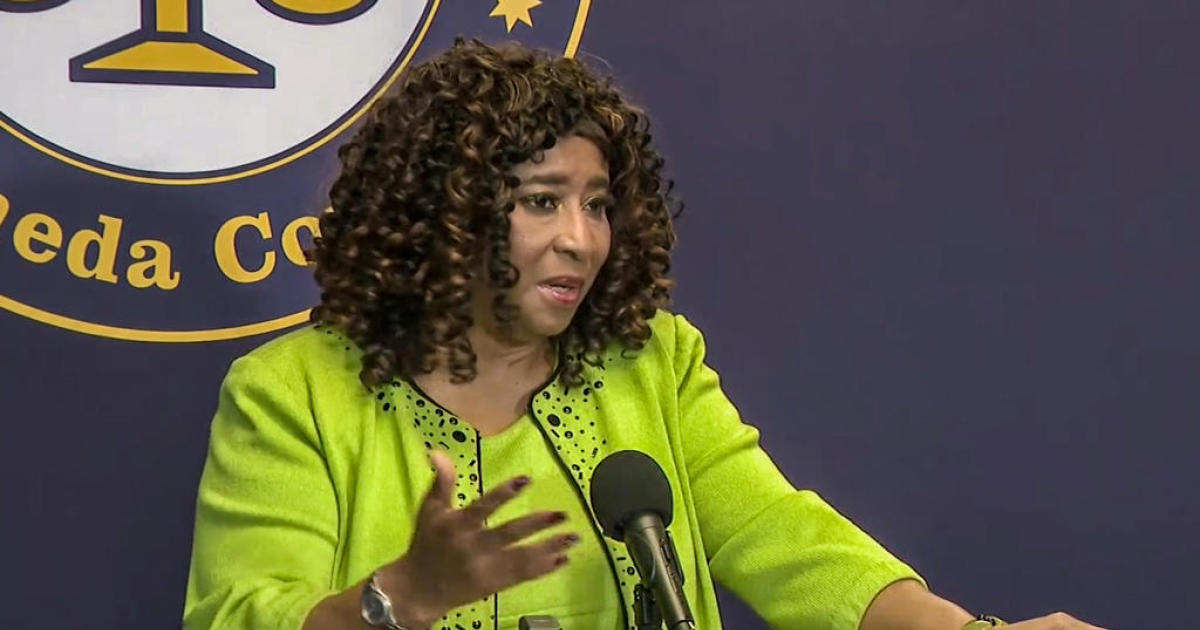OUSD School Closures Would Dismantle 'Small School Movement' That Created Them
OAKLAND (KPIX) -- After a tumultuous week of protests and marches, the Oakland Unified School District was set to take up the matter of school closures and consolidations, with a possible vote, at a special meeting on Tuesday night.
For the number of students it has, Oakland does have a lot of public schools and the district has been trying, on and off, for years to close some of them. But it may help to know the history that put them in this position.
Oakland Unified has more than 80 schools to serve 33,000 students, twice as many as Fremont with about the same number of kids. The district said that's causing a financial strain on the entire system.
But how did Oakland end up with so many schools? It started with people like Emma Paulino, whose kids went to Manzanita Elementary in 1999, where it was so crowded that they went year-round, with alternating 28-day breaks to allow two shifts of students to go there.
"The overcrowding was one of the bigger issues that we were facing, you know?" said Paulino. "Schools were overcrowded and it was hard for teachers to really, you know, pay attention, enough attention to the students."
So, parents in the lower-income flatland schools began demanding change and the 'small school movement' was born. Studies showed kids did better in smaller classes and in 2000, activists like Paulino lobbied the district to begin building smaller, specialized campuses. And, amazingly, the district agreed and formed a partnership with the community, including a $15 million grant from the Bill and Melinda Gates Foundation.
"That was really powerful, but that came from people on the ground--not top down," said Paulino. "And this is something that we need to keep in mind. Top-down decisions do not work for the families."
So, they built schools, more than 40 of them, some with only a few hundred kids. Even Paulino admitted she didn't see that coming.
"I don't think we talked about it enough," she said. "I don't think we really, you know. We didn't know that it would grow that large."
But the district stayed with it and Paulino says things got better in the classroom. But the financial problems began to mount. Oakland built 49 small schools in all, each with its own separate administration and staff. Some were phased out, but most are still open today.
Now, OUSD President Gary Yee, who was a principal at the time, said the district simply can't afford the small school model anymore.
"You know, I'm not saying it was right or wrong," said Yee. "It's just that it's fiscally unsustainable now because of the number of schools we have that are actually under 200 kids. I don't think that was ever the aspiration of the small schools movement."
But Paulino said the small schools weren't built to be financially efficient. They were created because parents believed black and brown kids in the flatlands were owed the same level of attention as those in other areas.
"It came with so many ups and downs," she said. "It was not perfect. It had nothing ever perfect. And I still believe right now that that's the way to go."
Paulino said, if the district decides to close the small schools, they better plan on sinking every dollar they save back into the schools that are left.
"If we just merge the schools and we create overcrowded schools and we do not provide enough support for the schools," she said, "we're going to just roll back the whole progress that we made," she said.



